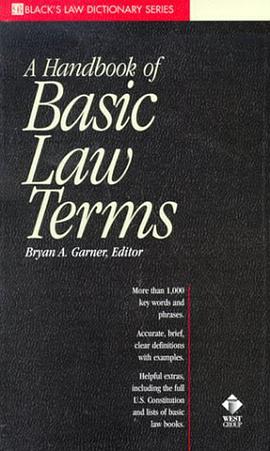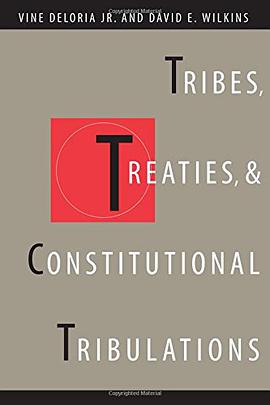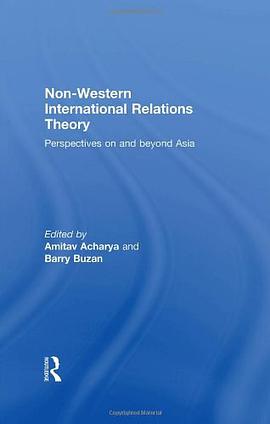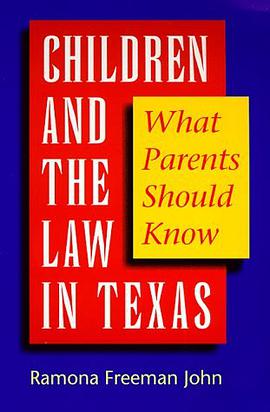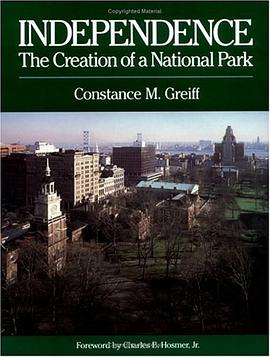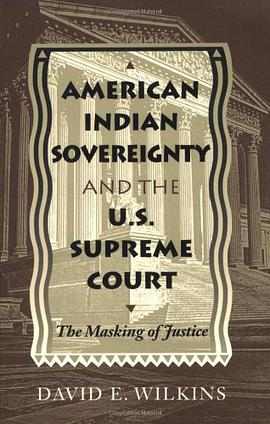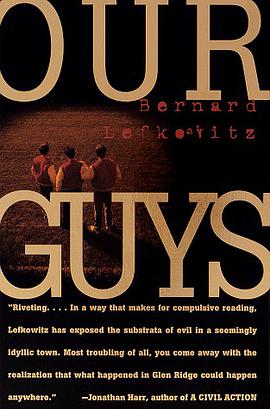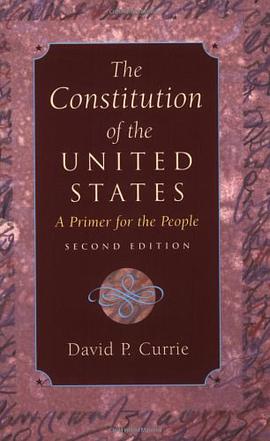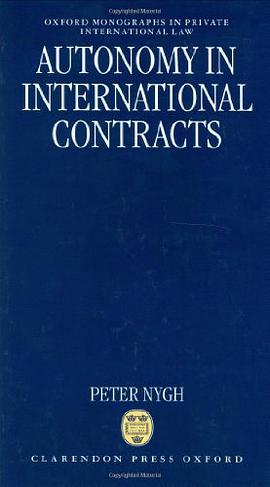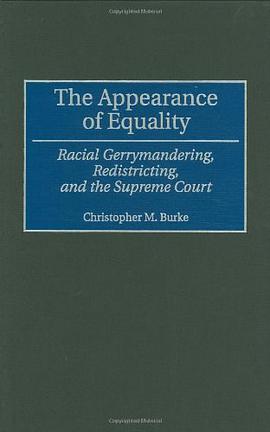

An examination of the language of law in the area of political representation, this book considers the development and recognition of group claims brought pursuant to the Voting Rights Act and the Equal Protection Clause in Supreme Court opinions. In his analysis, Burke highlights the different, discursive strategies, broadly identified as liberal and communitarian, used by the Supreme Court to justify the outcomes of various cases, and he argues that no particular strategy of justification is inherently politically conservative or liberal and that no conception of political representation is unassailable. Therefore, it is unlikely that the Supreme Court will articulate a stable measure of fair representation. The Supreme Court offers one more forum in the deliberation over what is fair representation; however, it is not likely to provide minority communities with a legal answer to the problem of political underrepresentation. As such, this book tells the uncertain story of the creation of political fairness by the Supreme Court. The language used to characterize what is fair and representative, and the theoretical designs which the rhetoric reflects, allows us to formulate concepts of fair representation as legal standards evolve. By placing the debate over fair representation in not only political and legal but also philosophical terms, we are better able to understand the inevitable tensions that drive the concept of representation into new, ill-defined, and contentious areas.
具体描述
读后感
评分
评分
评分
评分
用户评价
相关图书
本站所有内容均为互联网搜索引擎提供的公开搜索信息,本站不存储任何数据与内容,任何内容与数据均与本站无关,如有需要请联系相关搜索引擎包括但不限于百度,google,bing,sogou 等
© 2025 book.wenda123.org All Rights Reserved. 图书目录大全 版权所有




